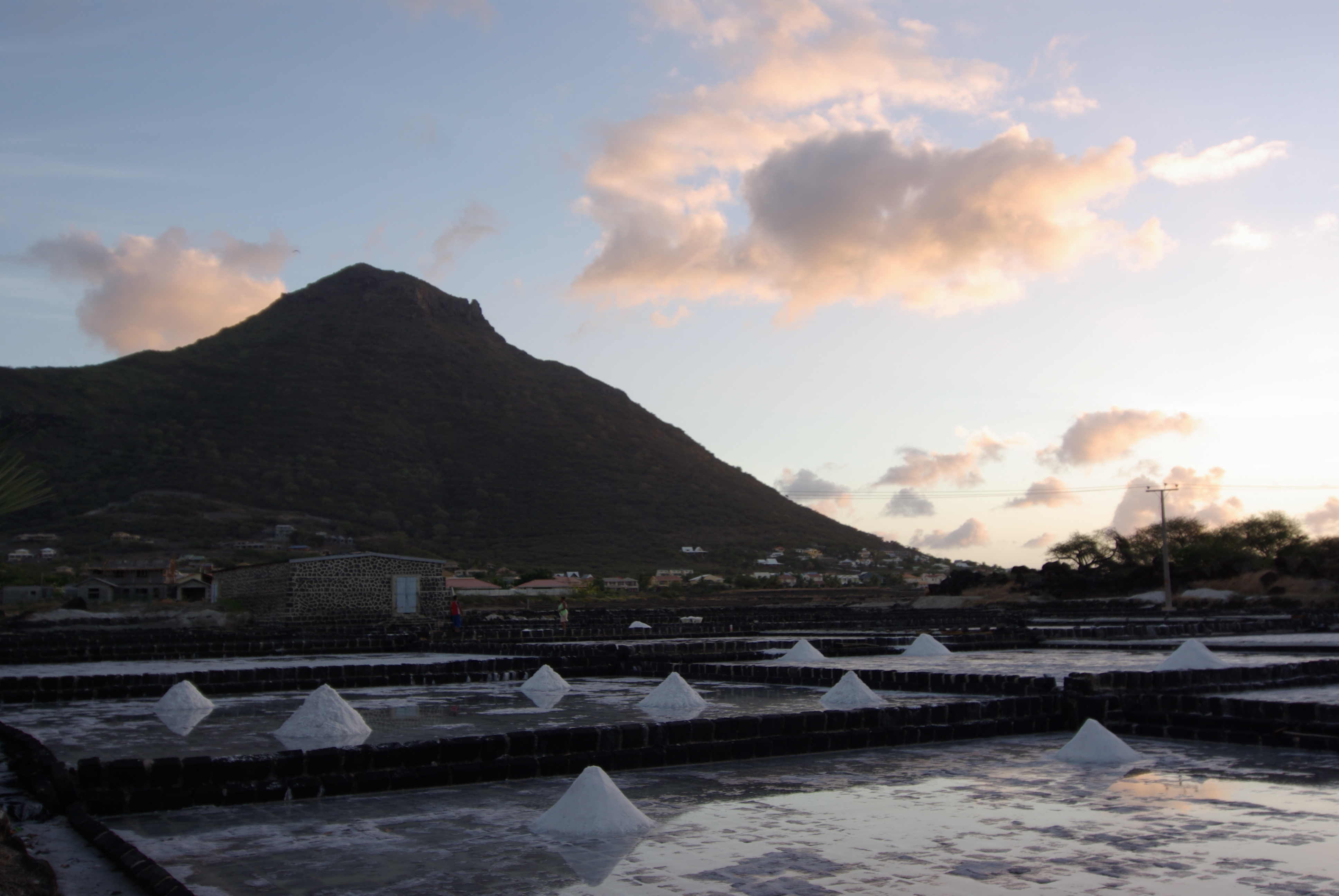Mauritius


-
Capital:Port-Louis
-
Surface:2040 km²
-
Population number:1 263 000
-
HDI:0,781/1 (2015)
-
Most vulnerable sectors:Land sector, tourism, fishing
Climate change effects :
- Average temperature rise of 0.74 °C in Mauritius and 1.2°C in Agalega since 1950 ;
- Rainfall reduction by 100 mm on a 50-year period and increase of intense rainfall days ;
- Rise of sea level by 3.2 cm from 1998 to 2007 ;
Disaster costs :
The Republic of Mauritius is subject to 110 million dollars of total direct loss on average, caused by floods and tropical cyclones. The latter are the most important risks, being at the root of 80% of direct annual loss.
Risk profiles :
Cyclones
Floods
GHGs emissions :
5.83 MtCO2e (metric tons of CO2 equivalent ) in 2012
GHGs goals :
Reduction of greenhouse gas emissions by 30% from now to 2030 accordingly to the BAU (Business As Usual) of 7 million tons CO2 equivalent.
Reference period :
Until 2030
Budget
The implementation of the NDC (Nationally Determined Contribution) of the Republic of Mauritius will require more than 1.5 billion USD for mitigation measures and around 4 billion dollars for adaptation measures until 2030, through financing, investment, technological development and transfer, and strengthening of abilities.
Targeted sectors :
- Infrastructures
- Risk disaster reduction strategy
- Coastal zones management
- Water resources management
- Fluvial waters recuperation
- Desalination
- Integrated management of parasites and illnesses
- Effective development of irrigation techniques
- Smart-fishing
- Marine and land biodiversity resilience
- Health
- Transport